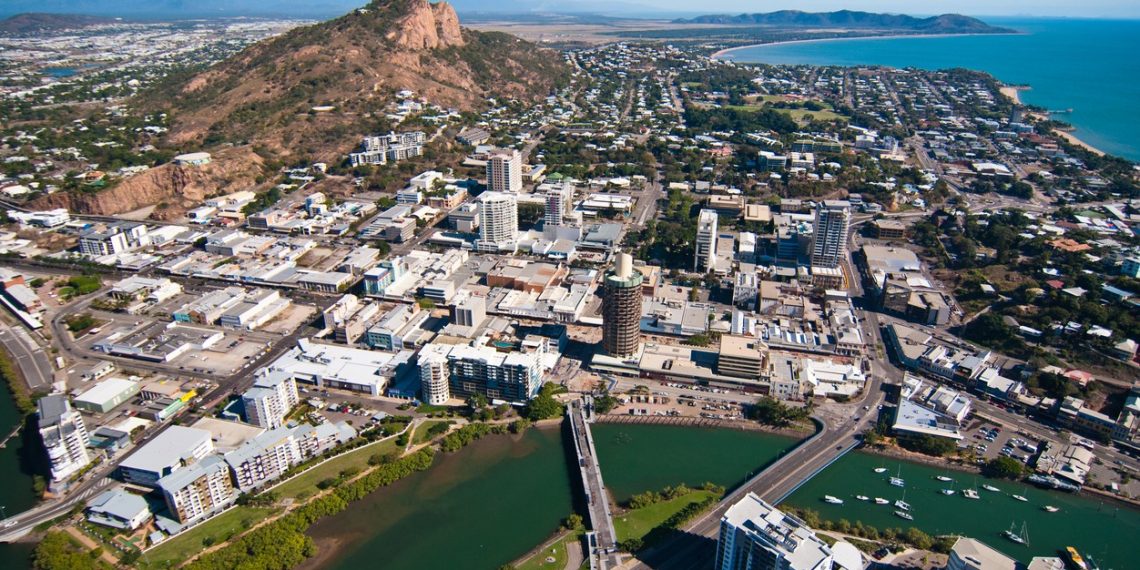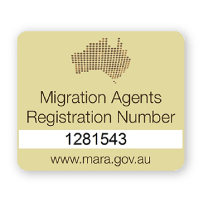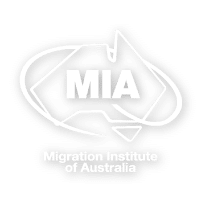
The regulations for the new regional visas have been released, with two current visas closing, two new regional provisional visas to be introduced and permanent visa pathway for both these visas holders to transition to should they comply with visa conditions and meet minimum income threshold requirements. The team at Get Your Visa made a summary for you to better understand the new regulations.
New transitional arrangements and definitions for 187 visa applications
New important transitional arrangements and definitions will apply to visa criteria and conditions:
• transitional 457 worker – A person who on 18 April 2017 held a Subclass 457 or was an applicant for a 457 visa that was subsequently granted.
• transitional 482 worker – A person who on 20 March 2019 held a Subclass 482 (Temporary Skill Shortage) visa in the Medium-term stream; or was an applicant for a for a Subclass 482 (Temporary Skill Shortage) visa in the Medium-term stream that was subsequently granted
• designated regional area – Melbourne, Sydney, Brisbane, Gold Coast, and Perth are not included in the regional areas
People defined as either a transitional worker (457 or 482) will be able to apply for a 187 visa after 16 November 2019 under the TRT (Temporary Residence Transition) stream only. On that date, all other applications will close.
Subclass 491 – Skilled Work Regional (Provisional) visa will replace Subclass 489 visa
489 visas will be closed to new applicants from 16 November 2019, and a new 491 visa will replace it. This new visa will be classified as a general skilled migration visa. This two visas have a lot of similarities and soome of the main conditions include:
• A minimum of 65 points will be required as per all other general skilled migration points-tested visas;
• Applicants must nominate a skilled occupation;
• All applicants must declare they have a genuine intention to live, work and study in a designated regional area;
• Sponsors who are relatives must be usually resident in a designated regional area;
• Sponsors can be a State or Territory or a relative who is either an Australian citizen, an Australian permanent resident, or eligible New Zealand citizen or either the applicant or their spouse or de facto partner similar to the current eligible relative for a 489 visa;
• Other visas, including partner, business skills, general skilled migration visas, and 186 visas will require a 491 visa holder to have held that visa for at least 3 years and have substantially complied with the conditions for this visa unless certain exceptional circumstances apply.
• Applicants in Australia must hold either a substantive visa or a Bridging visa A, B, or C;
New conditions must be imposed on all visa holders, including the following:
• Condition 8578 – Notify Immigration within 14 days of any change to the visa holder’s residential address, email address, phone number, passport details, address of employer, or address or location of a position where they are employed;
• Condition 8579 – Must live work and study only in a designated regional area listed at the time the visa was granted;
• Condition 8580 – If requested, provide evidence to Immigration within 28 days after the date of request of any or all of their: residential address, address of each employer, address of each location of each position employed, or address of an education institution they are attending;
• Condition 8581 – If requested, attend an interview with Immigration.
If granted, this visa will be valid for 5 years.
General Skilled Migration points test changes
These GSM point test amendments will come into effect on 16 November 2019.
The proposed changes include the following:
• Increase from 10 to 15 points for being sponsored for a 491 visa, either by a State or Territory or an eligible relative
• Studying in a regional area for 5 points will change to be studying in a designated regional area with the applicant to have lived in a designated area, the location of the campus of study was in a designated regional area and none of the study was undertaken through distance education. The applicant must also meet the Australian study requirement;
• Increase from 5 to 10 points for partners. 10 points will be awarded for applicants without a partner or their partner is an Australian citizen or Australian permanent resident. 5 points will be awarded for partners of applicants who is an applicant for the same visa, and is not an Australian citizen or Australian permanent resident, and at the time of invitation has competent English
Implementation of new Subclass 494 – Skilled Employer Sponsored Regional (Provisional) visa
This visa will run in parallel to the Subclass 482 – Temporary Skill Shortage visa, and it may be that the ROL (Regional Occupation List) for a 482 visa will be abolished in the future.
The 494 visa comes under the same sponsorship system as 482 visas, which requires businesses becoming a standard business sponsor or labour agreement holder, a nomination application, a visa application and sponsor obligations.
There will be two streams for the nomination and visa applications:
1) Employer Sponsored stream
2) Labour Agreement stream.
The nomination criteria are similar to 482 nominations, but with some differences including the following:
• Nominated position must be full time and they must be likely to exist for at least 5 years;
• The SAF (Skilling Australia Fund) Levy will apply and operate similar to the current 187 visa. The legislative instrument specifies that it will be either AUD 3,000 if the business’s annual turnover is less than $10 million or AUD 5,000 if annual turnover is higher than 10 million.
• For any existing 494 visa holder, where they have less than 5 years remaining on their visa, each year that has elapsed on their visa will reduce the SAF levy by $600 per year for businesses whose turnover is less than $10 million or $1,000 per year if annual turnover is higher than $10 million.. For nominations made under the Labour Agreement stream for Ministers of Religion or Religious Assistants the SAF levy will not apply.
• The employment agreement submitted must not include any express exclusion of the possibility of extending the period of employment. Exemptions for a direct employer-employee relationship will continue to exist for independent contractor approved occupations (medical practitioners and general managers);
• There will be exemptions to the annual earnings being below the TSMIT (Temporary Skilled Migration Income Threshold) but only in very limited circumstances
• Nominations will need to go through a prescribed body, most likely a RCB (Regional Certifying Body)
• As 494 business sponsors must be standard business sponsors, they will come under the same sponsor obligations as the 482 visa program.
The visa application’s major requirements include:
• Matching their nomination to the stream and occupation of their related nomination application;
• Having a full skill assessment (unless exempt). If required, applicants must hold either a full skill assessment which is still valid, or if they held either a 457 visa or a 482 visa they are nominated in the same occupation and they had obtained a full skill assessment to be approved that visa. If their skill assessment was made on the basis of a qualification obtained in Australia, that qualification was obtained when the applicant held a student visa;
• Be less than 45 years old at the time of applying (unless exempt)
• Having a minimum of 3 years of full-time work experience at the required skill level in their nominated occupation at the time of applying (unless exempt)
• Having at least competent English (unless exempt)
• If lodging in Australia, holding either a substantive visa or a Bridging visa A, B, or C;
In the 491 visa there will be an additional visa condition 8608 imposed on the primary visa holder which will require them to not cease employment with their sponsor for more than 90 days among other things.
For visa condition 8579, if an existing 494 visa holder is nominated by a second employer, the requirement they must live and work in a designated regional area will only take into effect for them and any secondary visa holders once they begin employment to not inadvertently breach this condition if the definition of designated regional area changes.
Implementation of new Subclass 191 – Permanent Residence (Skilled Regional) visa
The permanent 191 visa available from 16 November 2022.
There will be significantly reduced visa application charges, and no second visa application fee for applicants who are at least 18 with less than functional English.
To make a valid application, primary applicants must have held a regional provisional visa (491 or a 494 visa) for at least 3 years.
If a combined application has been made, only one applicant must satisfy the primary criteria, which means partners of the original primary 491 or 494 visa holders can step in to meet the primary criteria if needed.
Below are the two major requirements:
• The taxable income of the person seeking to meet the primary criteria for at least 3 years is above a certain threshold that will be known closer to the date of implementation. Evidence will be by way of their Notice of Income Tax Assessment for each income year.
• Substantial compliance with the visa conditions of the regional provisional visa or any subsequent bridging visa (unless exempt)compliance with condition 8579; and
If granted this will be a 5-year visa with no restrictions as any other permanent visa.
Since a 191 visa does not require a preceeding nomination by a business, 494 visa holders will not be at the behest of their sponsor and may apply with or without their consent.
If you are not sure how these new changes affect you and you are worried about your future in Australia, get in touch with Get Your Visa on (08) 6001 6422 and we will assess your circumstances, qualifications and experience to check to see if you are still on the right path and give you peace of mind.






